Centre for
Contemporary
Photography
404 GEORGE ST,
FITZROY VIC 3065
AUSTRALIA
OPENING HOURS
WEDNESDAY—SUNDAY
11AM—5PM

We, Us, Them is supported by the UK/Australia Season Patrons Board, the British Council, and the Australian Government as part of the UK/Australia Season.
A yard with white walls and fruit trees, with assembled cooking pots and gas bottles – a domestic space, a home. A young woman floats in a river, as her hair floats and splays across the surface – she is above, but also captured by, the deep brown waters. A woman breaths out, her breath etching the glass in front of her – an indelible mark of presence. Hands form intricate shapes, caught in movement, language and motion intertwined. A dancer’s body extends in a leap, rigid, and at the same time, supple – a temporary form made permanent. These impressions form the multifaceted artistic response to pressing questions of identity, community and collaboration explored in We, Us, Them.
Attempts to capture or encapsulate smaller communities and groups are often predicated upon power structures that essentialise and flatten – the artists featured in We, Us, Them approach this representation from a rich variety of viewpoints, charting multiple expressions of group and community identity, whilst also exploring the basis of collaboration. What does collaboration mean for empowering groups? What can be achieved in amplifying rarely heard voices in contemporary photography? What do the foundational concepts within contemporary practice (such as the archive, documentation and collaboration) mean for the creation of community?
We, Us, Them is supported by the UK/Australia Season Patrons Board, the British Council, and the Australian Government as part of the UK/Australia Season.
Raphaela Rosella’s project is supported by Rachel Verghis, with
additional support by the Australia Council for the Arts, Photographic Museum of Humanity, Ian Potter Cultural Trust, John Weiley and Adrian Williams.